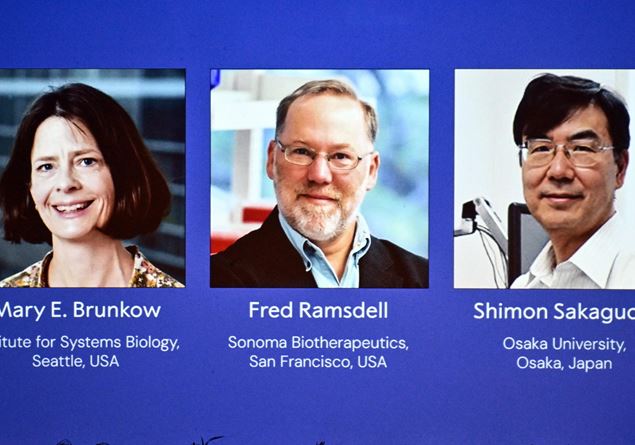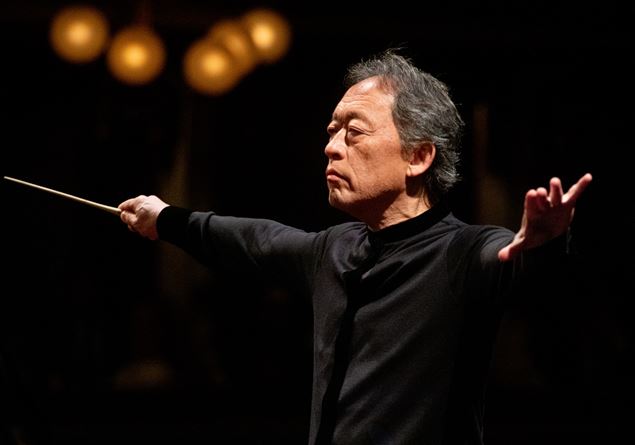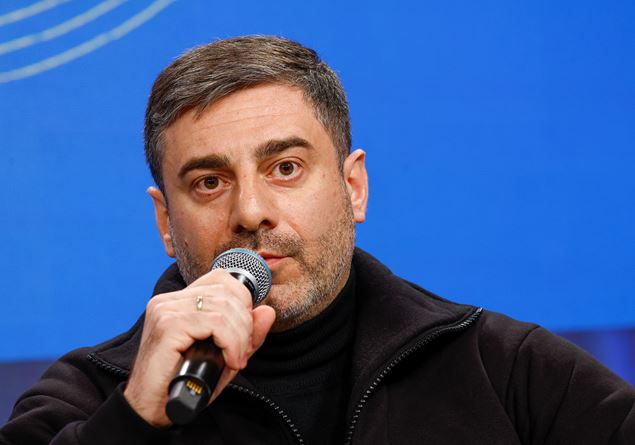The 2025 Nobel Prize for Medicine was awarded to three scientists – two Americans and one Japanese – for having discovered the mechanisms of “peripheral immune tolerance”, which allows our defense system not to turn its weapons against the organism itself.
They are called Mary E. Brunkow, Fred Ramsdell, and Shimon Sakaguchi: together, in years of research, have managed to identify regulatory T cells (T-reg), which behave like real ones guardians of the immune system.
“Their discoveries were crucial to understanding how the immune system works and why not all of us develop severe autoimmune diseases,” said Olle Kämpe, president of the Nobel Committee.
Our internal army
To get an idea of how our immune system works we can think of an army, in which each group of soldiers has a specific and different task. The ones fighting are the T cells, the lymphocytes (belonging to the large family of white blood cells).
In particular helper T cells are on patrol: as soon as they identify a possible external threat they alert the other cells of the immune system, which prepare to attack.
Killer T cells are the ones on the front linesdedicated to eliminating cells infected by viruses or bacteria and attacking tumor cells.
To catch the warning signs lymphocytes have sensors on the surface (called T cell receptors) which allow them to understand when the organism is threatened. These receptors are very different from each other, depending on the genes that constitute them, and this means that they can identify previously unknown pathogenic microorganisms.
What are T-reg cells used for?
«When we talk about our immune system», explains Enrico Lugli, head of the Translational Immunology Laboratory of the Irccs Humanitas Clinical Institute in Rozzano (Milan), «we are generally referring to the concept of “tolerance”, that is, its ability to not generate an immune response towards one’s own body and towards non-harmful substances coming from the outside (such as food)». A principle already known to science, now expanded by the recent discovery. «The novelty on Sakaguchi’s part lies in having identified, in 1995, a specific population of lymphocytes, the regulatory T cells, which inhibit the immune response. In practice, instead of mediating a pro-inflammatory reaction – as we would normally expect from lymphocytes – on the contrary the T-regs exercise a sort of internal control”. This ensures that the immune response does not occur in an excessively vigorous manner: when it is too strong, in fact, we can have the opposite effect whereby, instead of protecting us from a pathology, the immune system itself is the triggering cause.
It all starts from a protein
How did we arrive at this conclusion? «The three awarded researchers followed different paths», continues the immunologist. «Brunkow and Ramsdell in 2001 they isolated a protein – in scientific jargon “transcription factor” – called Foxp3: it is a gene which in turn regulates the expression of many other genes and which is mutated in mice characterized by an autoimmune disease that affects various organs. Furthermore, scientists have seen that there is a particular disease of children (males), called IPEX in which the Foxp3 gene is also mutated. Consequently, it has been discovered that in this pathology the T-reg cells are either not present or are in lower quantities or function poorly. In 2003Sakaguchi, Ramsdell, and others then demonstrated that Foxp3 is a sort of identity card for regulatory T cells».
The value of discovery
The crucial point of the discovery is not so much having identified the gene that regulates the childhood disease (in fact, there are many pathologies in which a gene is missing or “defective”). «The new concept is that this gene is the basisthe identity card the development of a specific population of cellswhich was revealed in subsequent studies crucial to control the immune response» specifies Enrico Lugli.
Speaking of research and treatments, the practical implications of this discovery concern different areas: from autoimmune diseases to transplants and oncology.
Ongoing studies on regulatory T cells have not yet yielded unequivocal results. «In the field of autoimmune diseases», says the researcher, «we are still trying to understand whether there is an alteration of these lymphocytes. As for transplants, a sort of cellular therapy is being tested.” What is it about? «We try to isolate these cells in the laboratory and expand them, in order to obtain larger numbers, and then transplant them into the patient (a sort of autotransplant), with the aim of controlling organ rejection and tolerance». Even in this sector, however, the road is still uphill, due to the difficulties in manipulating the T-reg cells and their reinfusion into the patient.
A hope against cancer
The most promising path at the moment is the fight against tumors. «Here the argument is exactly the opposite», declares the immunologist. «Immune system cells, in particular regulatory T cells, are present in most solid tumors. In this case they carry out their inhibitory function, slowing down the immune response, thus favoring the expansion of the tumor itself, which even produces a series of factors that attract these cells”. A vicious circle is therefore triggered, which only fuels the tumor mass.
«Studies in progress in our laboratories they therefore aim to block T-reg cells» adds Lugli. «Some immunotherapies – with monoclonal antibodies – are already in the clinical trial phase which specifically target this population of cells to try to eliminate it. By removing this further brake on the immune response, immunotherapy treatment could be enhanced. We are already getting promising results for some types of very aggressive tumors, such as that of the pancreas».
Who are the three winners?
Who are the three scientists awarded in Stockholm? Mary E. Brunkow, 64 years old, is Senior program manager at the Institute for Systems Biology in Seattle (USA); Fred Ramsdell, 65 years old, is co-founder and scientific consultant of Sonoma Biotherapeutics in San Francisco (USA); Shimon Sakaguchi, 74, is a professor emeritus at the Immunology Frontier Research Center at Osaka University, Japan.










